This website uses a variety of cookies, which you consent to if you continue to use this site. You can read our Privacy Policy for
details about how these cookies are used, and to grant or withdraw your consent for certain types of cookies.
Category - Trapezoidal Flumes
Blog
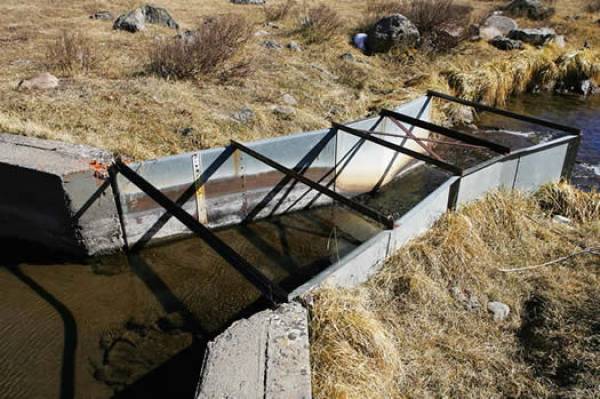
Flumes for Farms, Ranches, and Other Agricultural Applications

How Small Users Can Comply with California SB 88
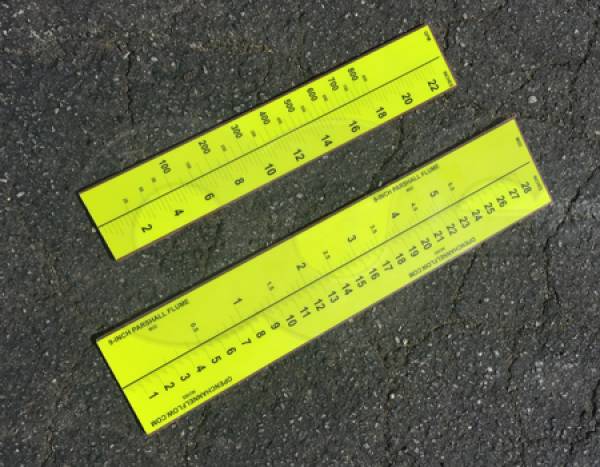
Flow Increment Staff Gauges
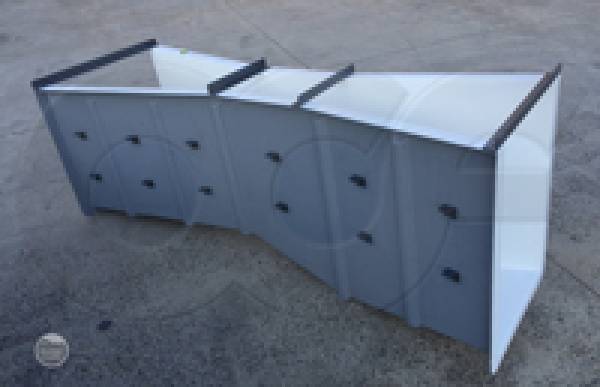
Parshall Flume Upstream Straight Run
One of the most common questions that we receive is how much straight channel is required upstream of a Parshall flume.
The answer is quite simple...
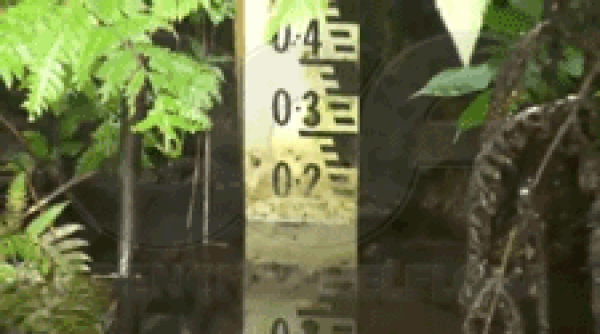
Staff Gauge Measurement Errors in Flumes and Weirs
There are several components to measurement errors when using staff (level) gauges to determine flow depth in a flume or weir. In general, staff gauge reading errors can be attributed to: Distance between the staff gauge and the observer The angle at which the gauge must be…
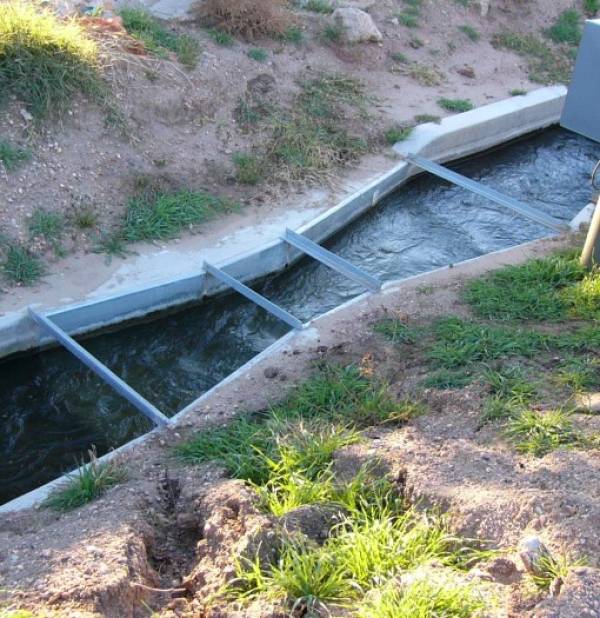
Submerged Flow in Parshall Flumes

Recommended Monitoring Frequency of Seepage Flumes and Weirs
For those unused to measuring seepage from embankment dams knowing when to measure can sometimes be challenging. In its Embankment Dam Instrumentation Manual, the Bureau of Reclamation lays out how frequently inspections should be made. Note that the table below indicates…

Measuring Dam Seepage with Weirs and Flumes
Seepage through, below, or around an embankment dam is a critical indicator of the health and condition of the dam. The amount of seepage is normally directly related to the water level in the reservoir. However, any sudden change in the amount of seepage without an…
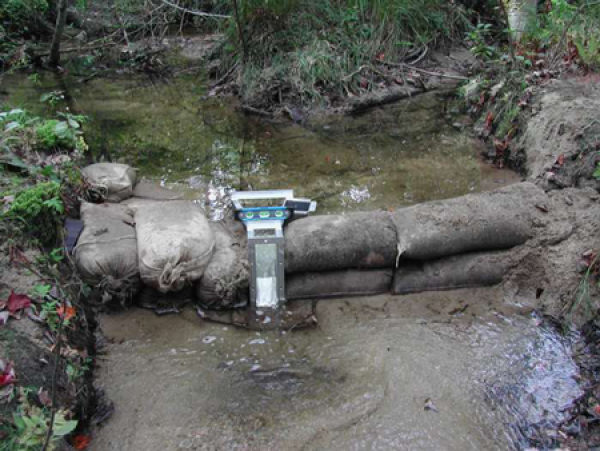
Can Modified Parshall Flumes Accurately Measure Submergence?
As we have seen before, a Modified Parshall Flume (aka USGS Portable Parshall Flume) is a Parshall flume with the discharge section removed. Removing only the discharge section still allows for submergence calculations to be performed – unlike the true Montana flume where…
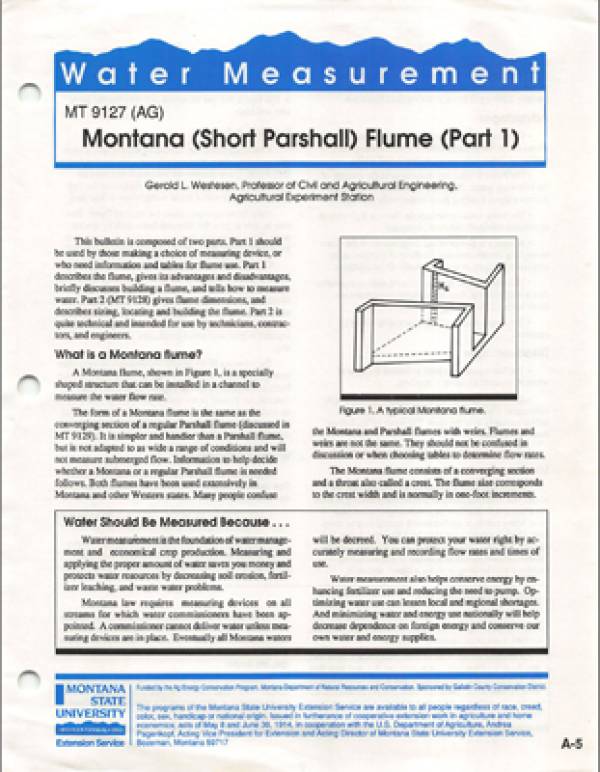
What is a Montana Flume?
There is a common misconception of what does and does not constitute a Montana flume. For some, a Montana flume is a Parshall flume with the discharge removed. For others, it is a Parshall flume with the throat and discharge removed.
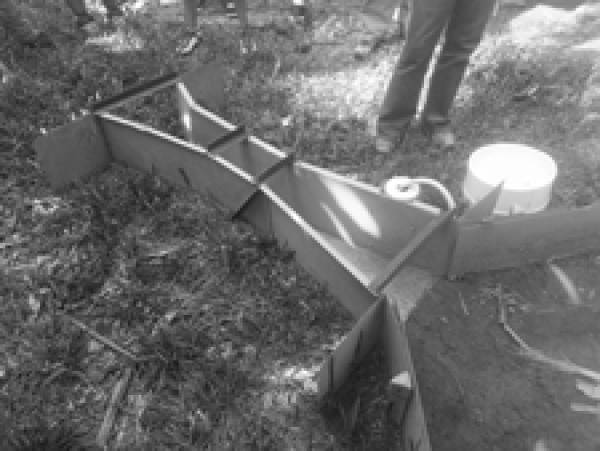
Flat Versus Radius Parshall Flume Wing Walls
In investigating the original data developed by Dr. Ralph Parshall on his namesake flume, Dr. Fred Blaisdell observed a wave action phenomena that developed when using traditional 45º wing walls to transition flow into a Parshall flume. The phenomena developed as the…

Necessity of Proper Flow Upstream Flow Conditioning in Parshall Flumes
The streamlines through a Parshall flume are assumed to be both parallel to the flume walls and continuous (Parshall 1936). Many things can disrupt parallel streamlines as they enter the flume, including: upstream debris, bank vegetation growing into the upstream…

LOCATIONS IN ATLANTA, GA & BOISE, ID

